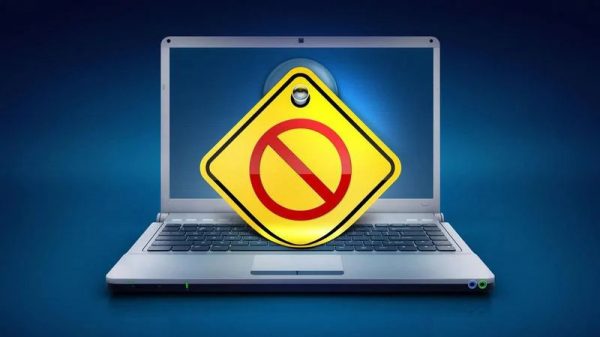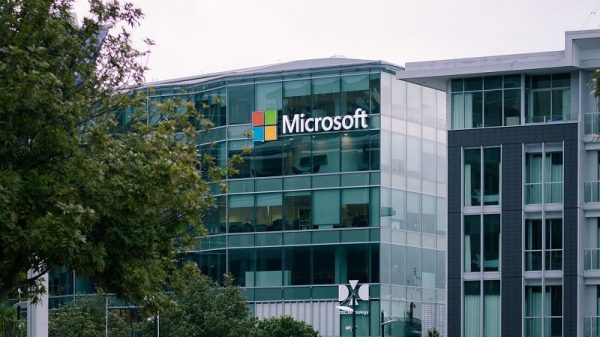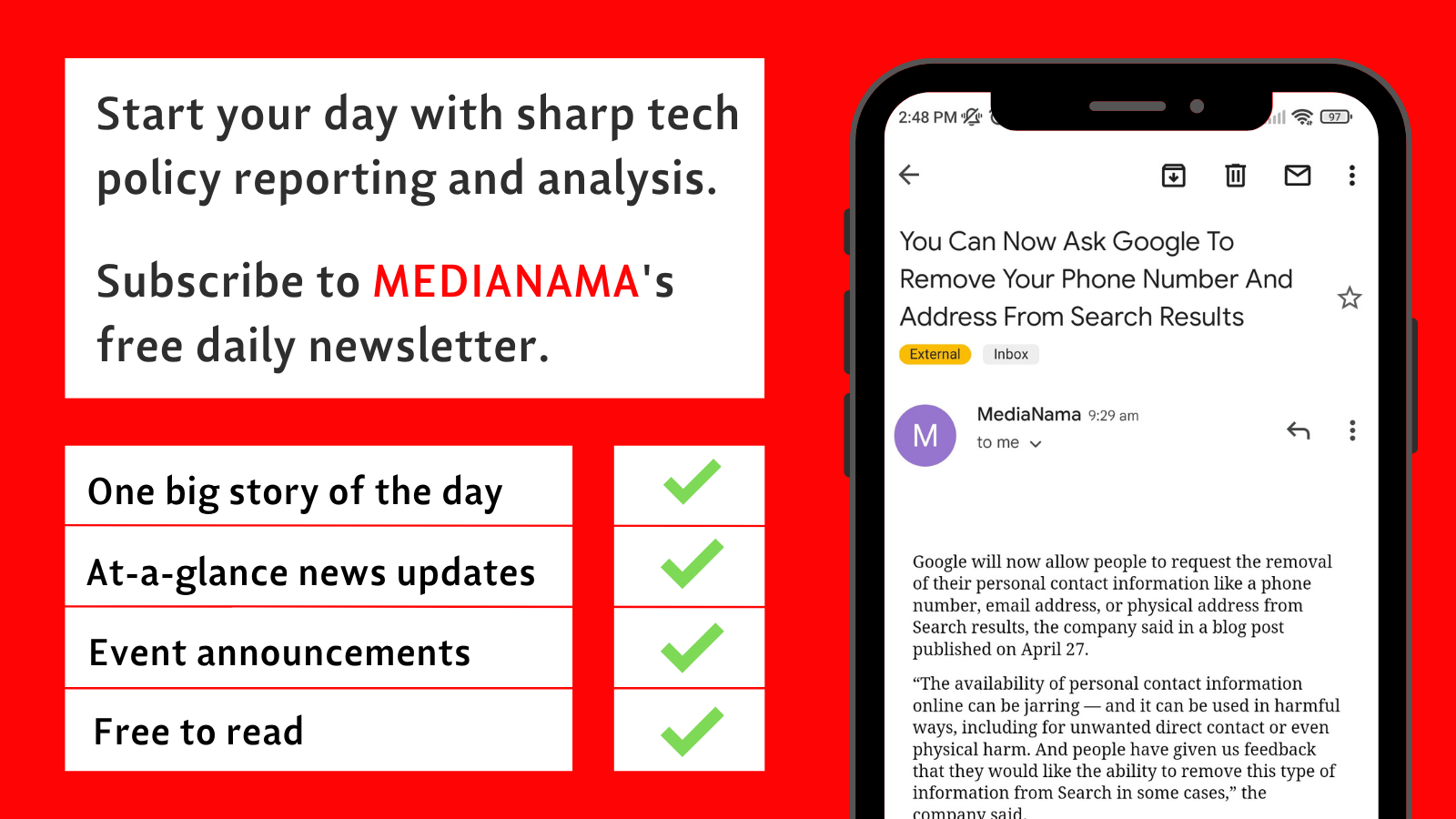If you read our explainer on India’s tech policy stance at the G20, you’d know that using public data for development and building ‘digital public goods’ is a top priority for the government. Intuitively, that sounds like a great idea. Who wouldn’t want to use public data and digital infrastructure to accelerate the world’s development?
But, before we hurry to evaluate whether this policy plank is ‘good’ or not, we need to get back to basics. What exactly are digital public goods in the first place? Why is India rallying around them? And, most importantly, are they the secret ingredient to unlocking sustainable development?
First things first: What are these “public goods”?
Digital Public Goods comprise “open source software, open data, open AI models, open standards and open content that adhere to privacy and other applicable laws and best practices, [and] do no harm,” says the United Nations (UN). They are also supposed to help countries achieve the United Nations’ “Sustainable Development Goals”.
Wait, what are the Sustainable Development Goals?: They provide a set of social and economic benchmarks that aim to encourage sustainable development models. There are 17 goals in total, which aim to end poverty, improve health and education, reduce inequality, accelerate economic growth, tackle climate change, and more. All UN member states are supposed to achieve them by 2030. Digital public goods are meant to help with this process—countries leverage technology to try and deliver development services to their people.
So, what does a ‘Digital Public Good’ look like in practice?: Different countries develop these tools to solve unique developmental issues:
- Singapore and disability tech: The Singapore government developed ‘Purple HATS’, which allows software teams to identify and fix accessibility issues. This improves access to digital services for disabled people. For example, Purple HATS can identify if screen readers (typically used by people with visual disabilities) can properly access government websites. The program is open-source.
- India and a bit of everything: The eGov Foundation (founded by one of the architects of India’s digital identification system, Aadhaar) has done a lot of work on building digital public goods, like:
- Digital health: Digital Infrastructure for Verifiable Open Credentialing (DIVOC) is a “verifiable credentialing platform”. A DIVOC use case that you might actually remember—”over 2 billion COVID-19 vaccination certificates have been issued via the CoWIN platform in India, using DIVOC”. It’s also used in Sri Lanka, Jamaica, Indonesia, and the Philippines.
- Responsible spending: The India Fiscal Information Exchange Platform (iFIX) provides real-time financial information on public spending for relevant stakeholders. “Anandpur Sahib [in Punjab] was identified as the pilot division to implement mGramSeva, which is a mobile application that was developed to demonstrate iFIX’s potential,” says eGov. “Since its launch in September 2021, mGramSeva is enabling gram panchayat water and sanitation committees (GPWSCs) to manage their revenue and expenses and post this to the iFIX platform. The Department of Water Supply and Sanitation now has visibility of the financial health of GPWSCs where the system is live. Dashboards are making it easy to identify and take timely corrective actions on areas of concern such as pending collections, or piling up of arrears, thus making the GPWSCs financially sustainable.”
But, could any tech solution be a “digital public good” then?: Philosophically speaking, you can call yourself anything—but the Digital Public Goods Alliance exists to certify digital public goods too. It’s not a “legal entity” but a multistakeholder grouping currently co-hosted by the Norwegian Agency for Development Cooperation, UNDP, and UNICEF. They have a “Digital Public Goods Standard” which is used to evaluate if tech tools are digital public goods or not. It checks for relevance with the sustainable development goals, if approved open source licenses are used, and if the solution is privacy-protecting, among other factors. A tool identified as a “digital public good” is then added to the organisation’s “Digital Public Good Registry”. DIVOC and Purple HATS are both listed in this registry.
And how is this different from digital infrastructure, like a government portal?: Some international institutions are clear that “Digital Public Infrastructure” is a different kettle of fish. That refers to “societal scale digital systems with functions essential for public and private service delivery, including payment systems and data exchanges”, says the World Economic Forum. On the other hand, digital public goods “are open-source software, open data, AI models, standards and content that make DPI [digital public infrastructure] an operational reality”.
STAY ON TOP OF TECH POLICY: Our daily newsletter with top stories from MediaNama and around the world, delivered to your inbox before 9 AM. Click here to sign up today!
What’s the point?: 3 benefits of building digital public goods
There are a lot of generic benefits to building digital public goods, like:
- Adoptable: They can be freely adopted by governments and agencies;
- Variety: They don’t lock users into using a single technology;
- Scalable: Successfully implemented digital public goods can be scaled elsewhere, saving time and money for testing and rollout;
- Adaptable: They can be altered to cater to local issues, building long-term and country-specific ownership over the technology;
- Collaborative: Users of a digital public good can collaborate easily;
- Sustainable: Digital public goods are future-proof—in that “adaptations and iterations in countries can be supported by open-source communities”;
- Transparent: The code for these open source solutions can be independently audited. This provides for transparent and accountable use of these technologies.
But, none of these solutions seem particularly special. That’s because they’re not explicit about the context of the global economy that digital public goods emerge from. There are three political and economic undercurrents to the push for building these goods—which might help explain India’s gung-ho stance on them too.
1. Digital public goods try to take the Internet back to its origins
Copyright helps people protect their intellectual property online —which is a good thing. On the flip side, it also prevents people from easily accessing or using copyrighted material while innovating. Advocates for digital public goods—who prominently appear to be international institutions—argue that this state of affairs can set back innovation and development within countries.
For example, suppose you have an idea for an incredible tech product that’ll help lots of people. Your ability to build that product depends on whether you can afford expensive proprietary software to build it. It also depends on whether you can access cutting-edge research in the area you’re working on. Your ability to read English—and understand this tech and research—is a large factor here too. To cut a long story short: building tech solutions that help people is expensive, and it’s only getting more expensive. As the United Nations argues, that’s antithetical to how the Internet originated:
“The Internet began as a publicly managed network with an open-source ethos that encouraged collaboration and experimentation. Over time, however, the percentage of the Internet that is open-source and public has significantly decreased. Hence, much of the most useful information online is not easily accessible, especially to those who need it the most…Currently, access to digital solutions is often limited through copyright regimes and proprietary systems. Most existing digital public goods are not easily accessible because they are often unevenly distributed in terms of the language, content and infrastructure required to access them. Even when the relevant digital public good or open-source solution is found, support and additional investment are still required to scale them up and successfully implement them.”
So, digital public goods help address the constraints of current copyright regimes. They’re flexible. They’re scalable. And most importantly, they’re not a service provided by foreign company—they’re a country’s own.
2. Open source software might be cheaper to use
Digital public goods are designed to be adaptable to local needs—which can make them a sustainable tech solution in the long run. More importantly: when a solution is sustainable, it’s likely to be cost-effective too. Some scholars found that switching ed-tech solutions to open source could reduce the Indian government’s costs by $1.3 billion. Estimates from the early 2000s suggested that Brazilian municipalities could save around $120 million by switching to open source—and so they did, since Microsoft’s licensing fees were costing Brazil around $200 million.
3. Foreign dependence is so last year
Digital public goods can also help reclaim “digital sovereignty”. We didn’t say that, the Organisation for Economic Co-operation and Development (OECD) did. Their simple point is that digital public goods are easy to adopt and adapt to local needs—which gives countries control over how technology is used and data is handled. That’s not something that’s been happening until now in digital governance, OECD says:
“National-level digital technologies are often provided by private-sector companies with the ability to answer high volume, global requests with round-the-clock assistance, meet international quality standards, and build to scale resulting in savings on technology and software licenses…This lets these companies influence the design, use and contractual obligations of systems, including the ability to discontinue or modify their product unilaterally..thereby threatening digital sovereignty and entrenching technological power imbalances.
According to a survey by ID4Africa in 2018, vendor lock-in is the largest concern among national identity authorities in Africa… Vendor lock-in can include: being locked into long-term contracts with limited flexibility and large, sometimes unexpected fees; proprietary knowledge for IT system operation and expansion limiting data sovereignty by outsourcing the collection, use and storage of citizen data to foreign vendors; lack of customisation to local context; inability to integrate citizens into governance and decision making; and centralising the market around only a few companies…”
Where does India come in here?: This could be a style of digital governance that gives countries control over the technology they use. And that’s a policy plank that the Indian government would like to sit on. India’s historically batted for developing countries to operate independently of external influences. In recent times, and perhaps of more relevance here, it asserted the need to have greater control over its citizens’ data, both at home and abroad. For example, digital public goods might help with data sovereignty in ways that previous models haven’t:
“Increased digital sovereignty also increases oversight as digital tools host and exchange increasingly sensitive and private information. US-owned servers store an estimated 92% of the West’s data, making it difficult for citizens of other countries to exercise individual recourse or achieve digital sovereignty… While a country need not store all its own data to be digitally sovereign, access to and control over that data is important.”
Doesn’t this paint too pretty a picture of digital public goods?
It does. That’s partly because quite a bit of the writing on digital public goods props them up as the best thing since sliced bread. The critical question that few are asking: can and do digital public goods address the underlying social issues that lead to unsustainable and unequal development in the first place?
What do we mean by that?: Take a national identity program like Aadhaar. It could be considered a digital public good—it assigns a unique identification number to each citizen, which is (ideally) used to disburse public benefits to them. But, what if the person signing you up for an Aadhaar card enters the wrong information while registering you? That makes it hard to verify your identity when collecting those public benefits. In similar documented cases, Aadhaar inadvertently became a barrier to accessing public goods. This hurt marginalised populations more—as they were dependent on public welfare for day-to-day life. The bottom line here:
Most DPG infrastructures in India projected as a huge success have thus neither solved the problems of undemocratic and opaque governance processes, nor prevented the oppression and exploitation of marginalized groups by the elite. Rather, they have added new layers of technological complexity that the public now needs to navigate, without necessarily having made it easier for public demands to be met. This inevitably leads to an increase in inequality when the gains and losses from new technology infrastructures are not equitably distributed among the members of the public. — Aaditeshwar Seth, Associate Professor, Computer Science and Engineering, IIT Delhi
The solution: clearly identifying social issues and tailoring digital public goods to address them. One-size-fits-all approaches may not always work in favour of ordinary citizens.
In its pursuit of techno-utopia in NREGA, GoI is at serious risk of letting *massive* numbers of NREGA workers fall through the cracks.
For a summary of the whole gamut of Aadhaar-based exclusions, see this short-and-sweet piece by Reetika Khera: https://t.co/vZ9UpmxWHn https://t.co/Z7HzDi6XjO
— Anmol Somanchi (@anmol_smnch) February 15, 2023
Who benefits then?: Countries need to develop robust privacy laws and standards alongside building digital public goods. Why? Because digital public goods inevitably collect a lot of data on the ‘public’ they serve. That’s useful for governments to help sharpen governance and welfare delivery. But, it can also be used to monitor citizens without their knowledge or consent. Strong privacy laws help ensure that data isn’t used by governments for anything more than it’s supposed to be used for. In the Indian case, we don’t actually have a data protection law. We do have a draft version of one—but some critics argue that it allows the government to access public and private data without a citizen’s explicit consent. If that’s the case, then this begs the question: who benefits more from the digitalisation of India in the long run?
This post is released under a CC-BY-SA 4.0 license. Please feel free to republish on your site, with attribution and a link. Adaptation and rewriting, though allowed, should be true to the original.
Read More






























